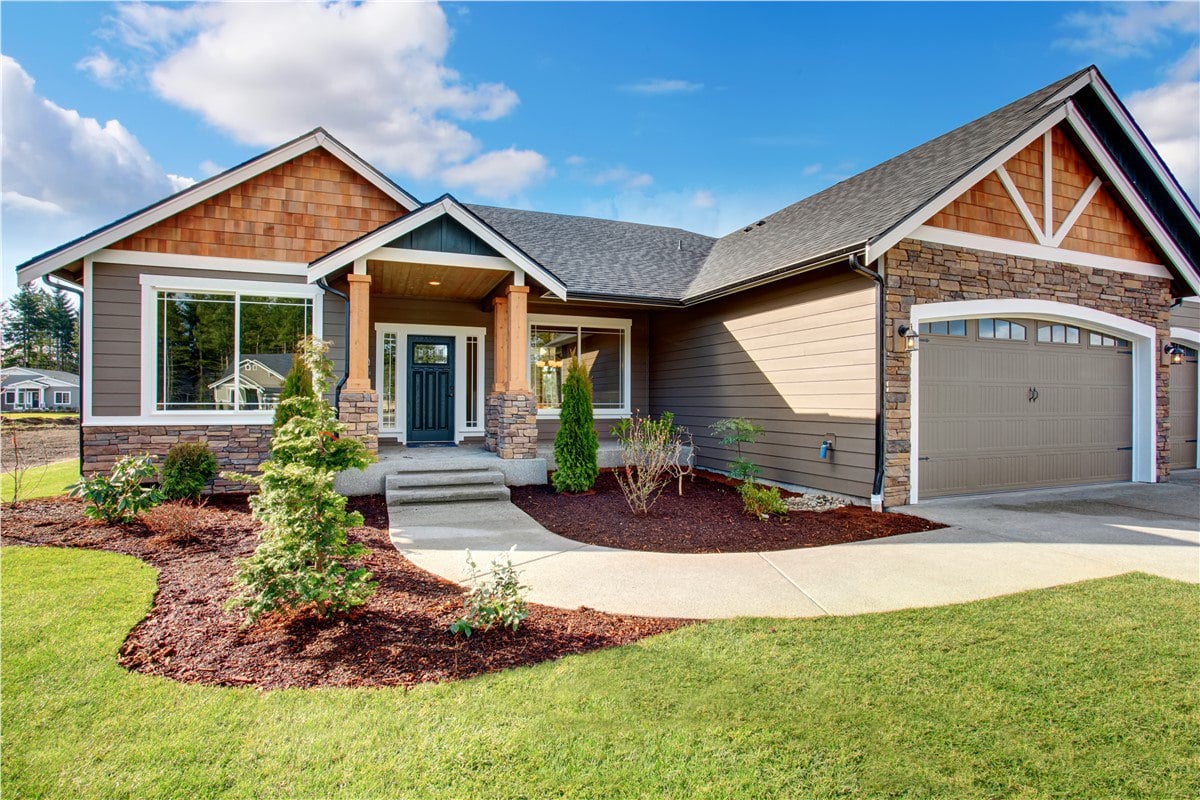Siding Talk: 4 Types of Siding That Add to Your Home’s Curb Appeal
February 16th, 2015 | 4 min. read
By Jenica Lee
Get weekly updates with the most recent articles and videos from Southwest Exteriors.
Subscribe
There are many ways to bring out the best of your home's appeal. Updating your siding is one of them. In this entry, we focus on different types of siding..
Exteriors and Curb Appeal
Your siding contractors in San Antonio TX will tell you that not all siding is the same and that there are many types of siding. However, each one has the potential to give your exteriors the boost it needs. Upon closer inspection, some siding may be grainier or smoother than others. Texture affects the way your siding looks even from afar. If these designs are pronounced enough, they add interesting details to your home's architecture. Light also falls differently on different texture types. Sometimes, it creates shadow patterns that in turn give your exteriors depth and extra character.
Texture Varieties
James Hardie’s HardiePlank® line is the best-selling siding in the country. It uses factory-primed fiber cement and comes in a number of different textures. The widths of the planks vary from 5.25 to 12 inches. Depending on where you live, you can even get this siding primed in different colors or with ColorPlus® Technology, which is baked on, so the colors last longer.
All types of siding styles are Engineered for Climate® as well. It can withstand harsh temperature variations due to its engineered surface, superb paint adhesion, and superior moisture resistance. What you have basically is siding that not only looks good but performs well for a long time.
Here are four natural-looking types of siding from James Hardie's HardiePlank lap siding line:
Cedarmill
One of the softer textures. It mimics the look of natural wood (cedar). It works best in historic or traditional homes, mountain chalets, woodsy retreats, as well as ranches.
Beaded Cedarmill
Looks great on cottages, bungalows, or craftsman-type homes. This siding design was inspired by houses in coastal communities in the Eastern US. It's charming, in a quaint way, and is a great way to add to or accentuate your home's personality.
Smooth
Known for its clean look. Despite being the simplest design, it's one of the most versatile. Smooth-textured siding matches many home types, but suits ranch or coastal homes the best.
Beaded Smooth
A variation on the standard smooth board. The beaded edge adds a sleeker, more tailored finish. This texture marries modern and historic themes and is ideal for giving traditional cottages a more contemporary twist.
Is smooth or textured siding more popular?
Both smooth and textured home siding are popular options, and the choice between the two often comes down to personal preference and the style of the home. However, textured siding is generally more popular than smooth siding for several reasons.
First, textured siding can add depth and visual interest to a home's exterior, creating a more dynamic and appealing look. Textured siding can also help hide imperfections and blemishes in the underlying surface, such as uneven walls or gaps between boards. Additionally, textured siding is often designed to mimic the look and feel of natural materials like wood or stone, providing a more authentic and organic aesthetic.
Smooth siding, on the other hand, can provide a sleek and modern look that may be preferred for some architectural styles or design aesthetics. Smooth siding can also be easier to clean and maintain, as it lacks the ridges and grooves that can trap dirt and debris.
Ultimately, the choice between smooth and textured siding will depend on a variety of factors, including personal preference, the architectural style of the home, and the desired aesthetic. When choosing siding, it's important to consider all of these factors and choose a product that best meets your needs and preferences.
Is it easier to maintain smooth or textured Hardieplank siding?
In general, smooth siding is easier to maintain than textured siding. This is because smooth siding lacks the ridges and grooves of textured siding, which can trap dirt, dust, and debris, making it harder to clean.
Smooth siding can typically be cleaned with a simple solution of soap and water, and any stains or marks can often be removed with a mild detergent or specialized cleaner. Smooth siding is also less likely to show scratches, dents, or other signs of wear and tear, which means it will look newer and more attractive for a longer period of time.
Textured siding, on the other hand, can be more difficult to clean and maintain, as the ridges and grooves can trap dirt and grime, making it harder to get a thorough clean. Textured siding may require more frequent cleaning to keep it looking its best, and special care must be taken to avoid damaging the texture during cleaning.
Of course, there are many factors that can affect the maintenance requirements of siding, including the specific product, the climate and weather conditions in your area, and the level of exposure to sun, wind, and moisture. When choosing siding for your home, it's important to consider all of these factors and choose a product that is durable, attractive, and easy to maintain.
In closing
Southwest Exteriors recognizes the power of siding to transform your home's exteriors. As a matter of fact, we’ve been helping our neighbors beautify their houses using high-quality siding since 1997.
We're a preferred remodeler of James Hardie siding in San Antonio. Our trained crews adhere to industry-leading standards and practices for siding installation. You can trust us to get the job right the first time.
Give us a call at (210) 757-4224 for more information on the HardiePlank siding that's available in your area.